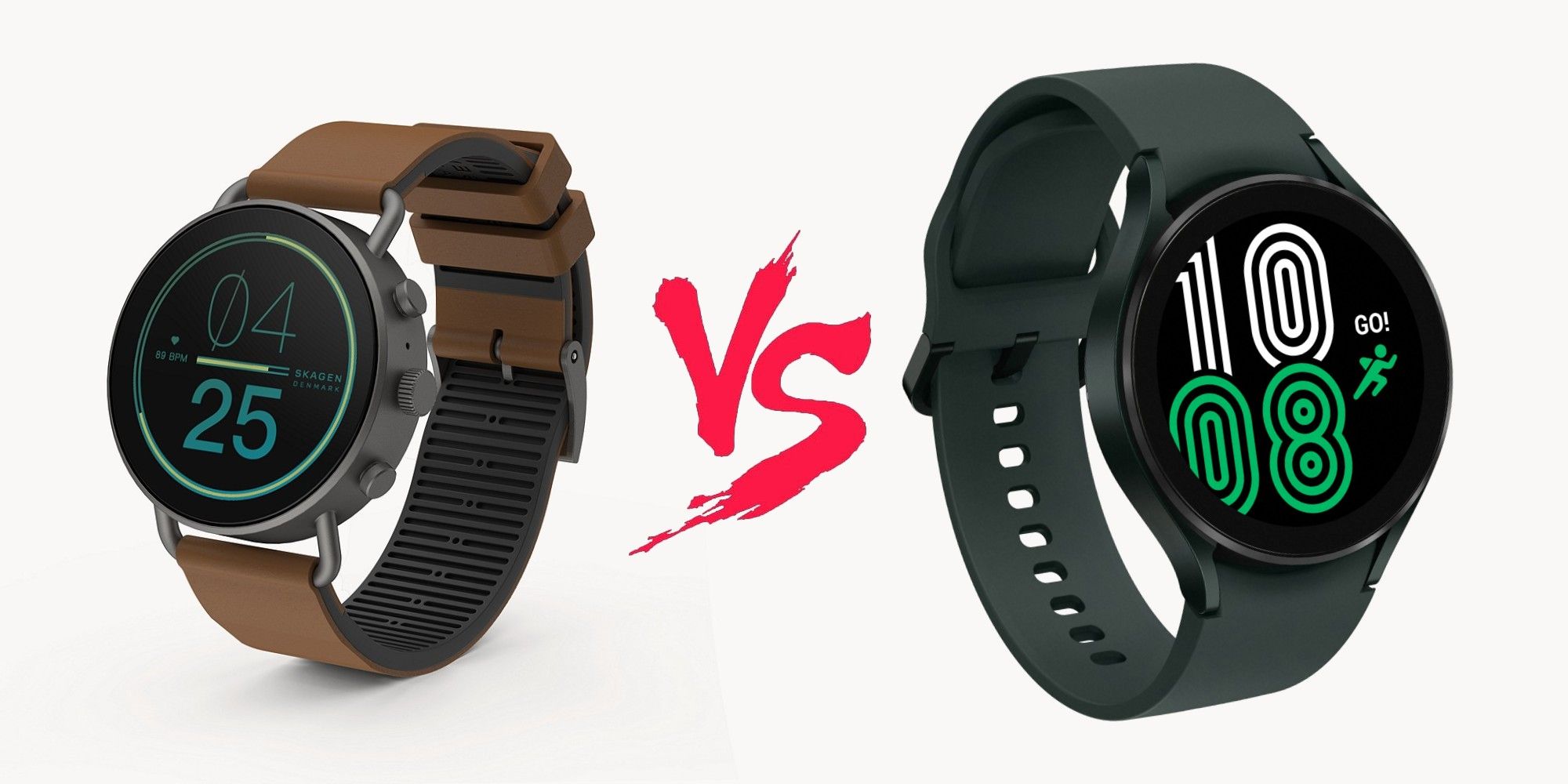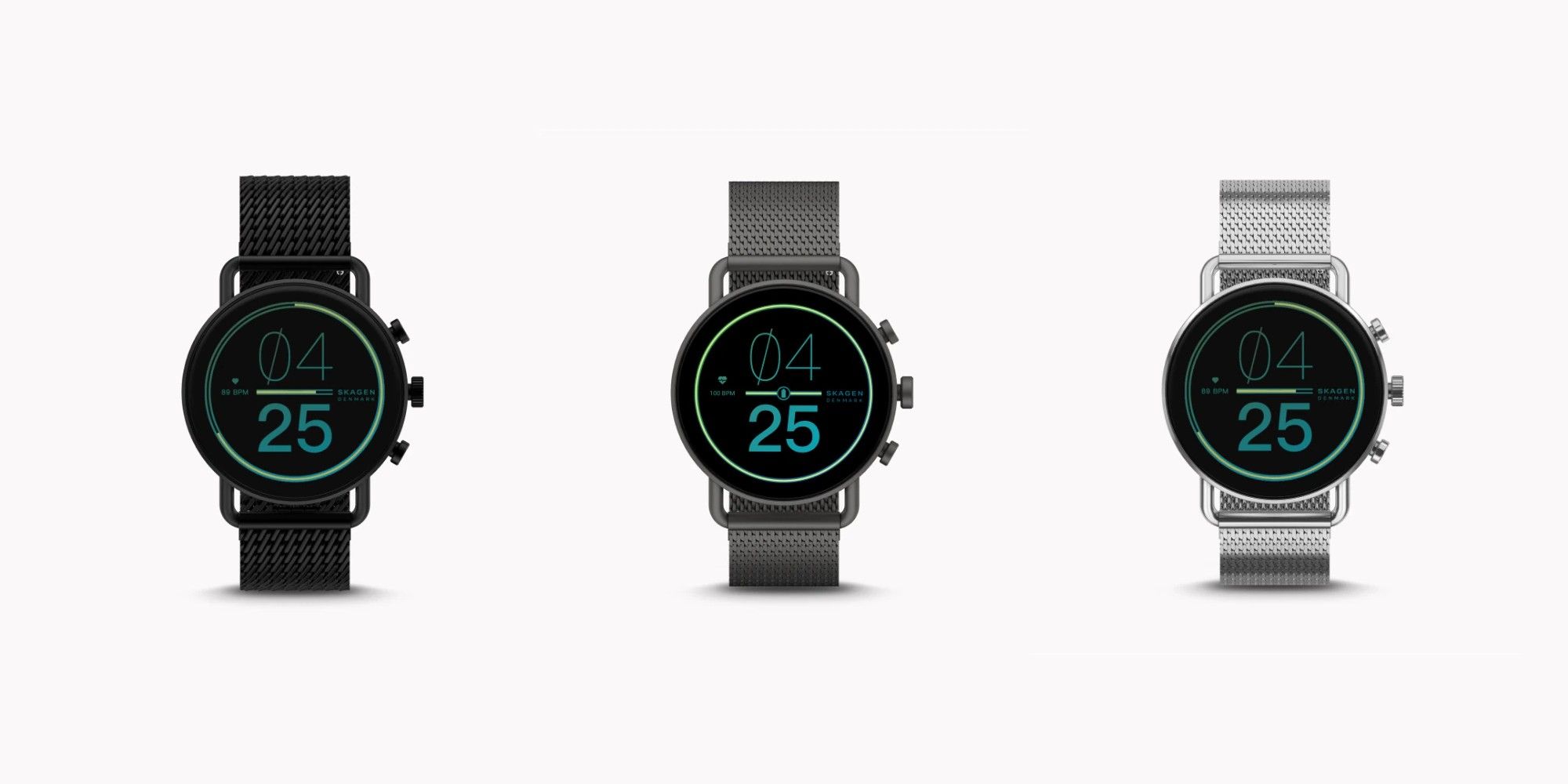The Samsung Galaxy Watch 4 smartwatch is an easy recommendation when it comes to smartwatches running Wear OS, but there are several other alternatives, such as the Skagen Falster Gen 6. Skagen was founded by Danish immigrants living in New York in the late 1980s. However, it didn't begin making watches under the brand name (Skagen Denmark) until the early 1990s. Fossil acquired it in 2012, and it now operates as a wholly-owned subsidiary.
The Skagen Falster Gen 6 was released at Consumer Electronics Show 2022, and it is based on the Fossil Gen 6 that was announced in Aug. 2021. Save for their differences in design. Both smartwatches are practically the same. Fossil also announced a version of the Gen 6 in partnership with Razer. However, as a limited-edition smartwatch, only 1337 units were made, and it is now listed as out of stock on Razer's website.
The Galaxy Watch 4 and the Skagen Falster Gen 6 are very different in terms of their design. While Samsung's smartwatch has a sort of casual appearance that even slightly tilts towards sporty, the Falster Gen 6 has a more formal look. There is a round dial on each watch, but unlike the Galaxy Watch 4 that comes in two sizes —40mm (1.19'') and 44m (1.36'') — with an aluminum case, the Falster Gen 6 is available in a single 41mm size with a 1.28'' screen lodged in a stainless steel case. Both smartwatches have a 5 ATM water-resistant rating, NFC, GPS, Bluetooth 5 LE, Wi-Fi, compass, gyroscope and altimeter. A microphone and speaker also allow users to receive and make calls on their smartwatches.
Galaxy Watch 4 Vs. Falster Gen 6 - Specs and Features
The Galaxy Watch 4 is powered by the Exynos W920, a 5nm dual-core chip paired with 1.5GB of RAM and 16GB of storage. In contrast, the Falster Gen 6 has Qualcomm's 12nm Snapdragon Wear 4100+ and 1GB of RAM and 8GB of storage. Apart from the difference in hardware, the two watches also differ in terms of software. Samsung's watch ships with One UI Watch, which is based on Wear OS 3, the latest version of Wear OS jointly developed with Google. The Falster Gen 6, on the other hand, ships with the older Wear OS 2 but is expected to get updated to Wear OS 3 by mid-2022. Even though it has an older version of Wear OS, Skagen's watch has Google Assistant built-in, a feature Samsung says will arrive on its smartwatch later this year.
In terms of health and fitness features, the Skagen Watch has a heart rate sensor and a SpO2 sensor for continuous heart rate monitoring and blood oxygen measurement, respectively. It also has a wellness app for activity and sleep tracking. The Galaxy Watch 4 is not only capable of heart rate and blood oxygen measurement, but it can also measure ECG, body composition and blood pressure (not available in the U.S.). Then, of course, there is sleep tracking and support for more sports activities than the Falster Gen 6 is capable of. For battery life, Skagen says the Falster Gen 6 will last a day, and users can get it from empty to 80 percent in half an hour via the included magnetic charger. The Galaxy Watch 4, which charges wirelessly, boasts up to 40 hours of battery life depending on usage. Samsung also claims 30 minutes of charging will provide 10 hours of use.
Looking at all of the specifications and features, the Galaxy Watch 4 is the better smartwatch overall with its more efficient processor, more RAM, and double the storage of the Skagen Falster Gen 6. It also runs the latest version of Wear OS (not Skagen's fault), boasts more health features, and even has an LTE version. In addition, Samsung offers users the option to choose between two different sizes and provides several customization options via its Bespoke Studio. Finally, it is cheaper, starting at $249 for the Bluetooth version and $299 for the LTE models, compared to the Falster Gen 6, priced at $295.


